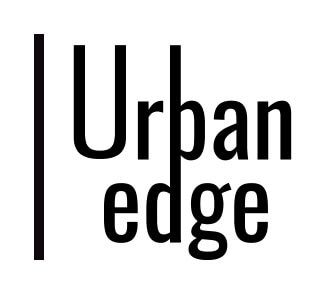When it comes to maintaining a comfortable and energy-efficient environment in our homes or workplaces, the HVAC (heating, ventilation, and air conditioning) system plays a crucial role. However, one of the most common issues that can arise with HVAC systems is leaks, which can lead to energy waste, increased utility bills, and potential damage to the system. Detecting HVAC leaks in a timely manner is essential for ensuring the system’s optimal performance and longevity. In this article, we will explore some efficient HVAC leak detection techniques that can help identify and resolve leaks promptly.
Understanding HVAC Leaks
Before delving into leak detection techniques, it’s essential to understand the common sources of HVAC leaks. Some of the typical areas where leaks can occur include:
- Refrigerant lines: Leaks in the refrigerant lines can lead to a decrease in cooling or heating efficiency.
- Ductwork: Holes, gaps, or disconnected ducts can result in air leaks, reducing the system’s effectiveness.
- Condensate pans and drains: Leaks in condensate pans or clogged drains can lead to water damage and mold growth.
- Coils: Corrosion or damage to coils can result in refrigerant leaks.
Now, let’s explore some efficient techniques for detecting HVAC leaks:
Visual Inspection
One of the most straightforward methods for detecting HVAC leaks is through visual inspection. This involves examining the various components of the HVAC system, such as the refrigerant lines, ductwork, coils, and condensate pans, for any signs of damage, corrosion, or moisture. Look for oil stains around components, which can indicate refrigerant leaks, and check for rust or mold growth, which may signal leaks in ductwork or condensate pans.
Pressure Testing
Pressure testing is a more advanced technique that involves pressurizing the HVAC system to detect leaks. This method is particularly useful for identifying leaks in the refrigerant lines. By pressurizing the system with a tracer gas, such as nitrogen or helium, technicians can pinpoint the source of leaks using a gas detector or leak detector.
Thermographic Inspection
Thermographic inspection is a non-invasive technique that uses infrared technology to detect temperature variations in the HVAC system. Temperature anomalies can indicate leaks or insulation issues in the ductwork or other components. By conducting a thermographic inspection, technicians can identify hot spots or cold spots that suggest air leaks or refrigerant leaks.
Ultrasonic Testing
Ultrasonic testing utilizes high-frequency sound waves to detect HVAC leaks. By using an ultrasonic leak detector, technicians can listen for the high-pitched sound produced by escaping air or refrigerant. This technique is particularly effective for detecting leaks in compressed air systems or refrigerant lines where traditional methods may not be suitable.
Dye Testing
Dye testing is a technique commonly used to detect refrigerant leaks in HVAC systems. A UV dye is injected into the system, and technicians use a UV light to identify the source of leaks by locating the fluorescent dye. This method is useful for detecting small leaks that may not be visible during a visual inspection.
Frequently Asked Questions (FAQs)
-
How can HVAC leaks impact energy efficiency?
HVAC leaks can lead to energy waste as the system works harder to maintain the desired temperature, resulting in increased energy consumption and higher utility bills. -
Are HVAC leaks dangerous?
Depending on the type of leak, HVAC leaks can pose health risks due to exposure to refrigerants or mold. It’s essential to address leaks promptly to ensure the safety of the occupants. -
Can I detect HVAC leaks on my own?
While basic visual inspections can help identify obvious signs of leaks, professional technicians equipped with specialized tools and expertise are recommended for accurate leak detection. -
How often should HVAC systems be checked for leaks?
It is advisable to schedule annual HVAC maintenance checks, including leak detection, to prevent issues and ensure the system operates efficiently. -
What are some DIY methods for preventing HVAC leaks?
Maintaining clean filters, sealing ductwork, and keeping outdoor units clear of debris are simple steps that homeowners can take to prevent HVAC leaks and maintain system efficiency.
In conclusion, detecting HVAC leaks promptly is crucial for maintaining energy efficiency, prolonging the system’s lifespan, and ensuring the comfort and safety of occupants. By using a combination of visual inspections, pressure testing, thermographic inspections, ultrasonic testing, and dye testing, technicians can identify leaks accurately and take corrective actions. Regular maintenance and proactive leak detection can help prevent costly repairs and system breakdowns, ultimately saving energy and money in the long run.



